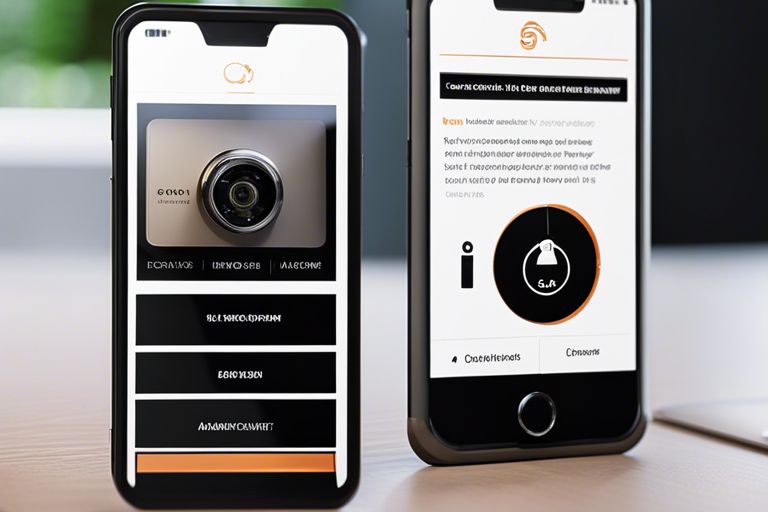In today’s digital age, mobile devices have become integral to our lives. From smartphones to tablets, we rely on these devices for communication, entertainment, and even business transactions. However, with the increasing use of mobile devices, the risk of security breaches and data theft has also risen.
That’s why individuals and organisations must conduct regular mobile security audits to identify vulnerabilities and ensure the safety of their devices and data. This blog post will discuss the step-by-step process of completing a mobile security audit.
Step 1: Define the Scope
The first step in conducting a mobile security audit is to define the scope of the audit. Determine the devices and applications that will be included in the audit. This may consist of smartphones, tablets, mobile apps, and other devices or software used within your organisation.
Step 2: Identify Risks
Once you have defined the scope, the next step is identifying potential risks and vulnerabilities. This can be done by reviewing industry best practices, researching the latest mobile security threats, and analysing previous security incidents or breaches.
Common risks include unauthorised access to devices or data, malware infections, insecure network connections, and data leakage through insecure apps.
Step 3: Assess Security Controls
After identifying the risks, assessing the existing security controls in place is essential. This includes reviewing device settings, access controls, encryption methods, and security software or tools.
Check if devices are password protected, if data is encrypted, and if any access restrictions are in place. Additionally, evaluate the effectiveness of any mobile device management (MDM) systems or security policies implemented.
Step 4: Conduct Vulnerability Testing
Vulnerability testing is a crucial part of a mobile security audit. This involves scanning devices and applications for potential vulnerabilities and weaknesses. There are various tools available that can help automate this process.
Perform vulnerability scans on devices and applications to identify security flaws or weaknesses. This can include testing for outdated software, misconfigurations, weak passwords, or insecure network connections.
Step 5: Analyse Findings and Remediate
Once the vulnerability testing is complete, it’s time to analyse the findings and prioritise remediation efforts. Identify the most critical vulnerabilities and develop a plan to address them.
Implement security patches, update software, and strengthen access controls based on the identified vulnerabilities. It’s essential to regularly monitor and update security measures to stay ahead of evolving threats.
Step 6: Educate Users
Lastly, educate users about mobile security best practices. Provide training on recognising and avoiding phishing attacks, the importance of strong passwords, and the risks of downloading apps from untrusted sources.
Regularly remind users to update their devices and apps, avoid connecting to insecure Wi-Fi networks, and be cautious when sharing sensitive information.
By following these steps, you can conduct a comprehensive mobile security audit and ensure the safety of your devices and data. Mobile security is an ongoing process, and you must regularly review and update your security measures to stay protected.






